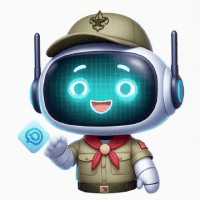Activity 1
FPG-9 Construction
Pass out the FPG-9 Pattern activity sheet to participants, as well as the plates, pennies, and ink pens.
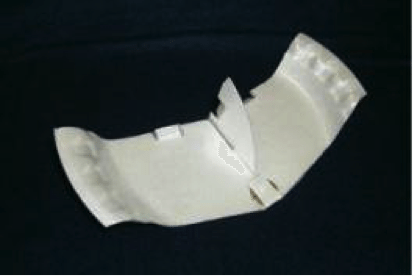
Provide these instructions to participants:
Note: These instructions describe construction from a regular foam plate found at any grocery store.
1.) Cut out the FPG-9 pattern from the activity sheet. Do not cut along the dotted line on the paper pattern. Cut only along the bolded lines.
2.) Place the paper pattern in the center of the foam plate, ensuring that the tail of the pattern stays inside of the curved portion of the plate bottom. (The tail must remain on the plate’s flat bottom.) It’s fine if the tab on the front of the pattern is on the curved portion. The ends of the wings should spill over the curved edge of the plate.
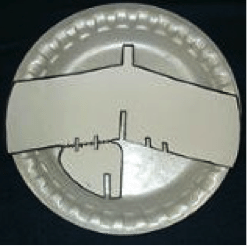
3.) Trace around the pattern with an ink pen. Don’t forget to mark the scissor slits A and B. When tracing slits A and B, make only one line. These lines will create the elevons and rudder.
4.) Cut out the foam template by following the pen lines.
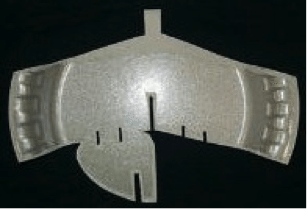
5.) Now cut along the dotted line to separate the tail from the wing of the FPG-9.
6.) The wing and the tail each have slots drawn on them. When cutting out slots 1 and 2, make them only as wide as the thickness of the foam plate. If the slots are cut too wide, the pieces of the plane will not fit together snugly.
7.) To attach the tail to the wing, slide Slot 1 into Slot 2. Use two small (2-inch) pieces of tape to secure the bottom of the tail to the bottom of the wing. Ensure the tail is perpendicular to the wing before adding the tape.
8.) In order for the plane to fly successfully, a penny must be attached to the top of the wing right behind the square tab. Fold the tab back over the penny and tape it down to secure the coin.
9.) Bend the elevons on the wing upward. This will provide for a flatter glide. To make the plane turn, adjust the rudder on the vertical fin.
10.) Your FPG-9 is complete and ready to fly. Gently toss the plane directly in front of you. Once it flies reasonably straight ahead and glides well, try throwing it hard with the nose of the glider pointed 30 degrees above the horizon. The FPG-9 should perform a big loop and have enough speed for a glide of 20 to 25 feet after the loop.
Explain to participants that the FPG-9 uses elevons to control both pitch and roll. In a conventional airplane, elevators control pitch and ailerons control roll. Have participants use the elevons and rudder to try to make their glider turn to the left and turn to the right. Ask: What happens if you remove the penny? What happens if you remove the tail?
If time permits, organize races, competitions, and target practice. Have the participants try to steer using the elevons.
